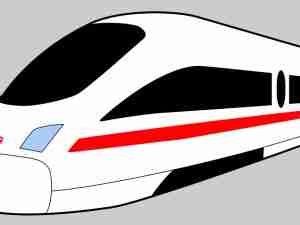STV provides construction management of critical freight rail yard expansion
posted by AJOT | Apr 14 2014 at 01:24 PM | Intermodal
A major expansion at Norfolk Southern’s (NS) Bellevue Yard in Ohio that will make the facility one of the largest rail car classification and switching yards of its kind in North America, is nearing its completion thanks, in part, to STV, a leading engineering and construction management firm that has a history of supporting a number of significant freight rail initiatives.
STV is providing construction management services for a $40 million portion of the $160 million expansion of Bellevue Yard, which will double the facility’s size to accommodate more freight rail traffic, as well as add about 38.5 miles of additional track and 145 miles of underground cable for communications and signaling systems.
Built in 1967, Bellevue is one of NS’s main hump yards – facilities that feature a lead track on a hill, or hump, that an engine pushes cars over to be sorted and classified. The facility currently has the capacity for 1,800 cars per day, which will expand to 3,600 cars once the project is completed. Bellevue is also projected to be the only dual-hump freight classification yard in the United States. Construction, which is currently under an expedited schedule, is expected to wrap by the end of this year.
NS officials expect the larger Bellevue yard will allow the railroad to send cars on shorter paths through its network while moving them faster because they’ll require less handling during sorting and classification.
The project award, which is part of an ongoing task order STV has with NS, also marks an example of how the firm continues to geographically expand its presence and offerings within the freight rail market in the Midwest.
“Located between Toledo and Cleveland, OH, Bellevue is situated at the intersection of five NS lines and is a critical part of the Midwest’s freight rail network,” said Robert Phillips, STV vice president who is responsible for overseeing the firm’s freight rail group. “STV continues to receive more and more contract awards in this vital region, with Bellevue’s expansion being one of the most significant freight rail initiatives we’ve supported to date.”







